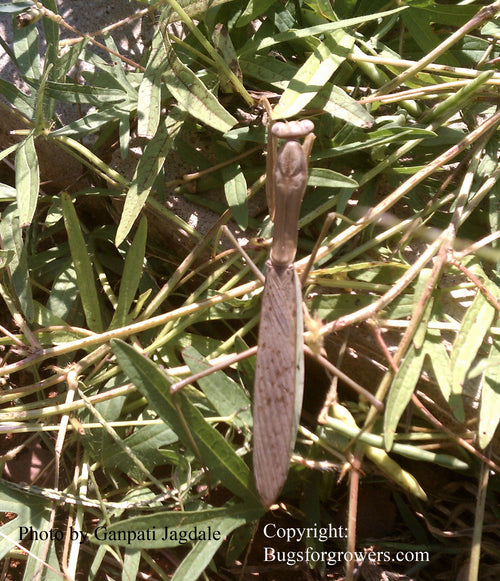Tomato Fruitworm
Damage caused by the tomato fruitworm
Tomato fruitworm are considered as one of the most damaging pests of tomato. All the larval stages of tomato fruitworm cause serious damage to tomato and other fruits. Young larvae generally feed on leaves, stems and twigs but their later stages burrow into green tomato fruits. Infested tomatoes are not harvestable and edible because they filled with slimy fluid and larval droppings. Adult moths of tomato fruitworms are not harmful to any plant parts.
Facts (show all)
- Common names
-
- The tomato fruitworm
- Scientific name
-
- Helicoverpa spp.
- Identification
-
Adults: Adult moths of tomato fruitworms have yellowish brown forewings with a black spot at the center of each forewing. Hindwings are creamy white and blackish in color. Moths are active during night and hide in the vegetation during daytime.
Eggs: Newly laid eggs are round, flattened at the base, whitish to creamy in color but just before hatching, they develop a reddish-brown stripe.
Larvae/Caterpillars: Larvae of tomato fruitworms are variable (black, brown, green or red) in color but their head capsule is orange to brown in color. Larvae of tomato fruitworms have dark yellow or brown stripes that run lengthwise on the lateral sides of the body.
Pupae: Pupae of tomato fruitworms are brown in color.
- Biology
-
Tomato fruitworm overwinter as pupae in the soil. After emerging from the pupae in the spring, female moths lay eggs on the tomato leaves. Eggs hatch within a week into small larvae that start feeding on the young leaves. While feeding on leaves, they develop into second stage larva that tunnel into tomato fruits and continue feeding inside the tomato fruits until they become mature. Matured larvae then leave the fruit and pupate in the soil. Under favourable conditions, tomato fruitworms can complete four generations in a season.
- Organic Control of the tomato fruitworm
-
- Following beneficial bugs and plant products are used for organic control of the tomato fruitworm
- Egg parasitic wasps
-
- Trichogramma brassicae
- Trichogramma pretiosum
- Trichogramma minutum
- Trichogramma platneri
- Beneficial entomopathogenic nematodes
-
- Steinernema carpocapsae
- Steinernema feltiae
- Heterorhabditis bacteriophora
- Predatory praying mantis
-
- Tenodera aridifolia sinensis
- Stagmomantis crolina
- Plant Product
-
- Molt-X® - (Active ingredient – Azadirachtin a compound isolated from neem leaves)

